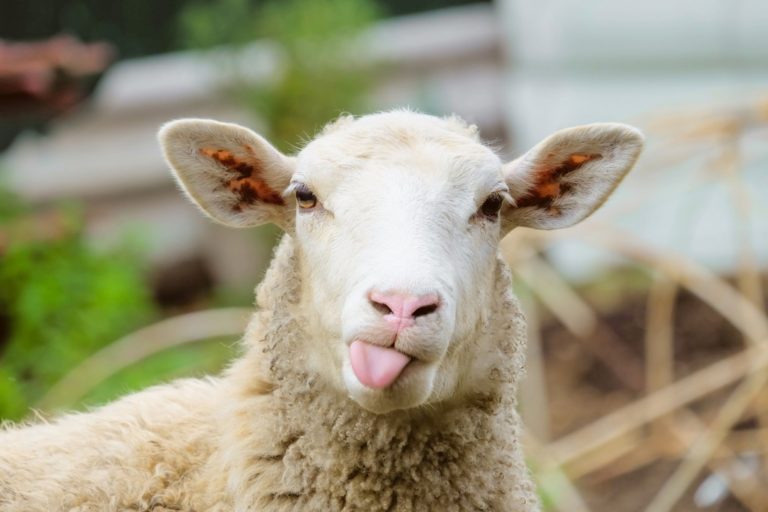Sheep diseases cost Australian agriculture almost three times the amount that cattle diseases do in lost production. A report by Meat and Livestock Australia revealed that in 2015, diseases from sheep cost the industry about $2 billion a year.
Diseases among livestock can be devasting for farmers. Not only does they risk losing a part of the flock, but they also have to shoulder huge medical expenses and suffer lost profits.
An effective quarantine procedure helps minimise the risk of disease from purchased or returning sheep. Here’s how to conduct quarantine for a farm:
Purchasing Sheep
The greatest risk for disease introduction on the farm is the acquisition of livestock. While newly purchased sheep appear healthy, they could be carrying a wide variety of diseases.
Disease prevention starts with background checks on new sheep before you decide to buy. Make sure that the vendor holds a National Sheep Health Declaration form, which contains the health history of the sheep and farm’s health program. If the sheep don’t come with the form, don’t buy them.
It’s important to buy from a few trustworthy breeders, as you lower the risk when buying from only a few sources. Consider doing a physical check on the sheep to see if they have footrot or lice.
Isolating Sheep
All sheep, whether purchased or returning, must be quarantined before they join your flock. This considerably reduces the risk of them passing on any parasites they may have picked up from their previous farms.
Quarantined sheep should be placed on a hard standing yard for a minimum of 24 to 48 hours. This gives time for parasitic eggs to pass through the gut and dropped onto the yard floor and not the pasture. Yarding also gives you time to look for other problems, such as severe foot conditions and skin diseases.
Isolation areas should not share the same space as the rest of the flock. It’s better to keep the quarantined sheep in a separate building, at least 100 feet away from the other sheep. If another building isn’t an option, opt for a corner of the barn to isolate new livestock.
Targeted Treatment

While in isolation, new animals should have their hooves trimmed and inspected for footrot or other problems. Giving them a footbath in zinc sulphate helps remove any footrot bacteria.
You also need to conduct a quarantine drench to get rid of multiple-resistant worms. The drench contains a combination of different active ingredients, which usually include dewormers like albendazole, moxidectin and levamisole. Conduct a faecal egg count 10 to 14 days after drenching to determine whether or not the procedure has been successful.
Other treatment procedures include vaccinating sheep, as well as dipping and shearing them to remove lice. It helps to keep your sheep in custom yards to conduct these treatments more efficiently.
After Quarantine
After quarantine, move your incoming sheep to pasture that hosts resident worms. This ensures that any worms that survive treatment don’t reproduce and populate a cleaner pasture. Keep the flock isolated in that pasture for at least three weeks. When the quarantined sheep are introduced to your current flock, make regular inspections to ensure that the sheep are free of parasites and diseases.
Purchasing new sheep and re-introducing returning ones to your farm brings with it a risk of introducing parasites and diseases to your existing flock. Having a quarantine procedure helps you control outbreaks among your livestock.
